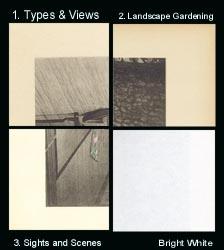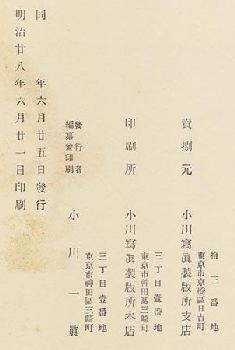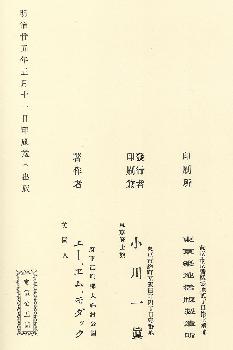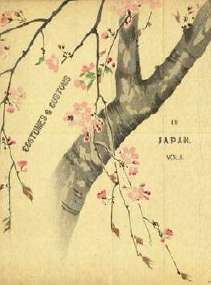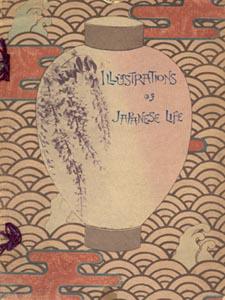~~ Book 1895050712 ~~
Japanese Life
Title |
|
Ogawa, K. (Kazumasa) Japanese Life, Yokohama, Kelly & Walsh, Folio (11 3/4 x 16 in - 30 x 40.5 cm), 1895, decorated card covers, string ties, spine uncovered, 12 black and white collotype plates with a total of 27 different images. There are 7 plates with one image each and 5 plates with 4 images each. Each plate is protected by tissue guard and has a descriptive title below the image on the plate. Many seldom seen images to include "Darby and Joan (an elderly couple tending to chores) and an "old-time policeman and his catch." This books should not be confused with the K. Ogawa books (8vo) under a similar title, Illustrations of Japanese Life. The images in that series are not found in this book. The book is accompanied by a Kelly & Walsh "Sole Agents" color woodblock insert page.
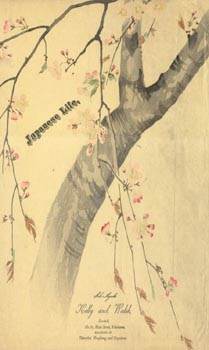
For information on Kazumasa Ogawa, click here.
|
|
The 12 Black and White Collotype Plates (27 images):
The Final Glance. |
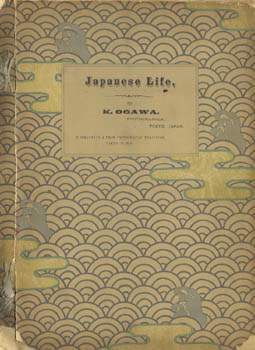
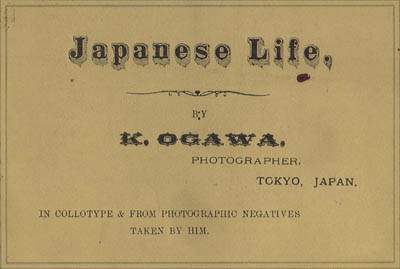
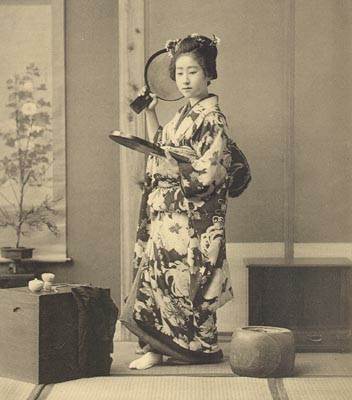
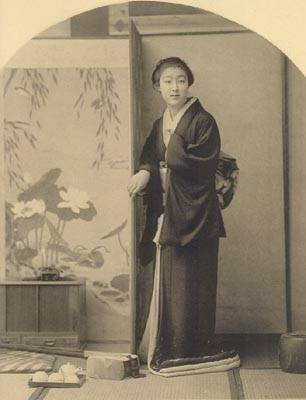
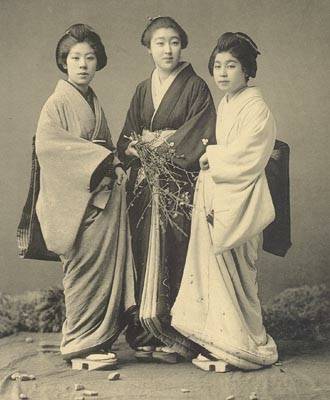
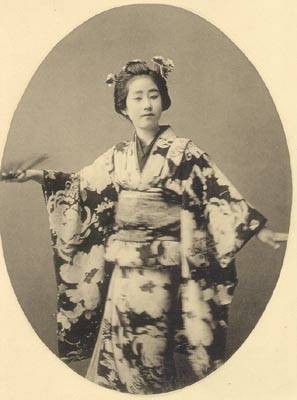
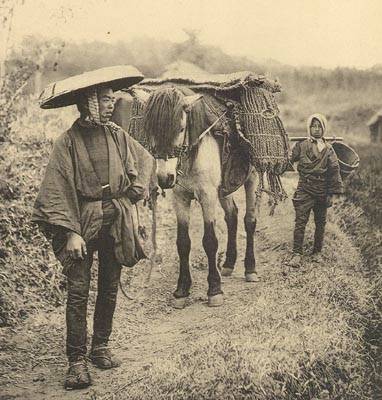
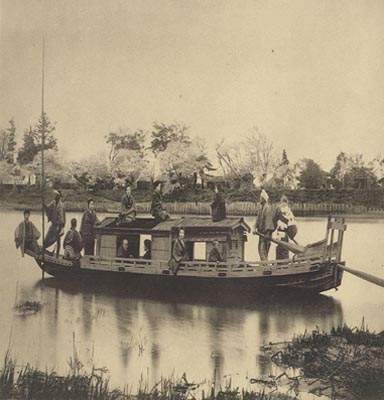
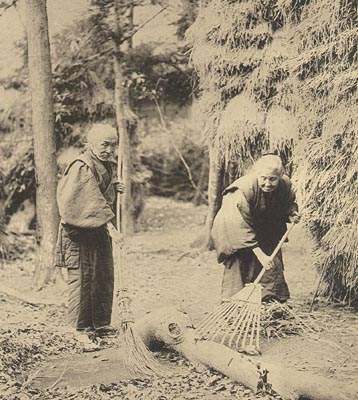
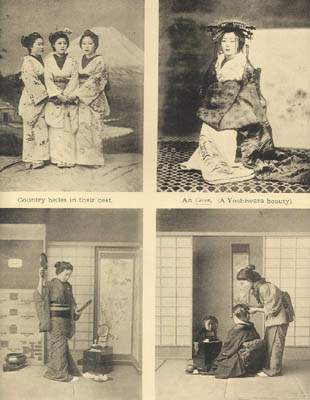
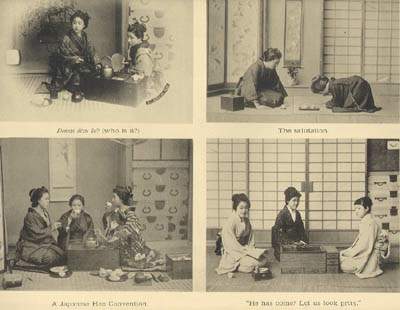
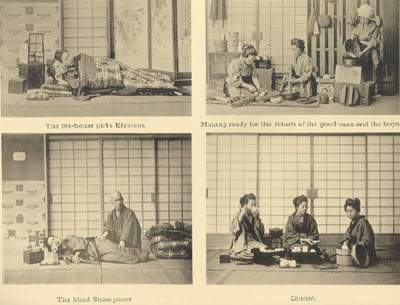
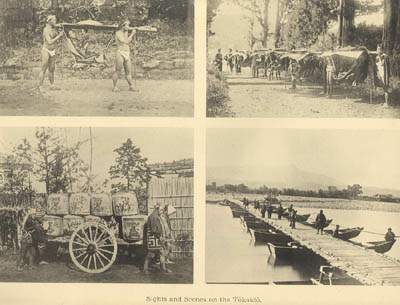
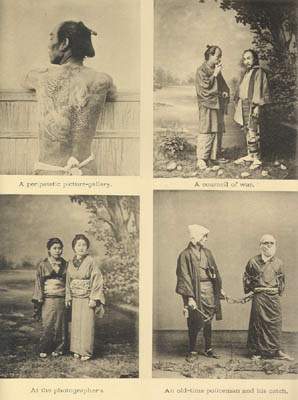
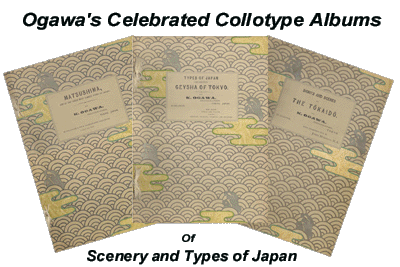
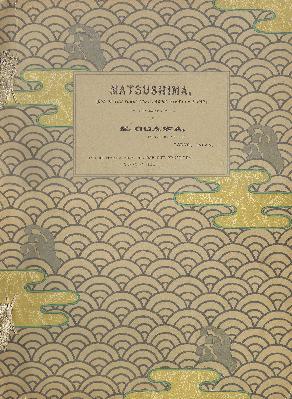
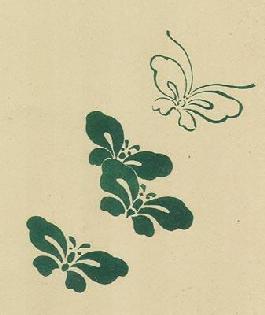
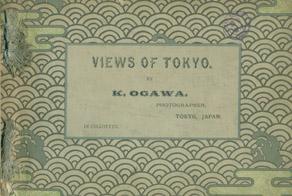
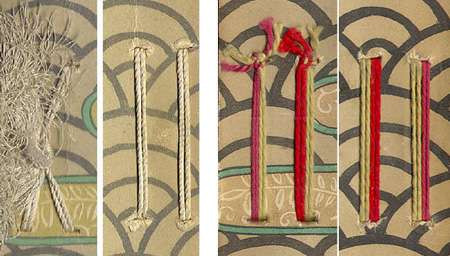
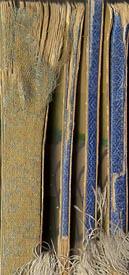
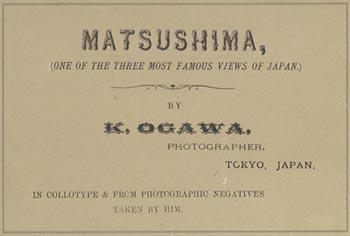
 Types and View books
Types and View books Landscape Gardening Supplement (1893)
Landscape Gardening Supplement (1893)
 Sights and Scenes in Fair Japan (1910)
Sights and Scenes in Fair Japan (1910)
 Bright white paper for comparison
Bright white paper for comparison
